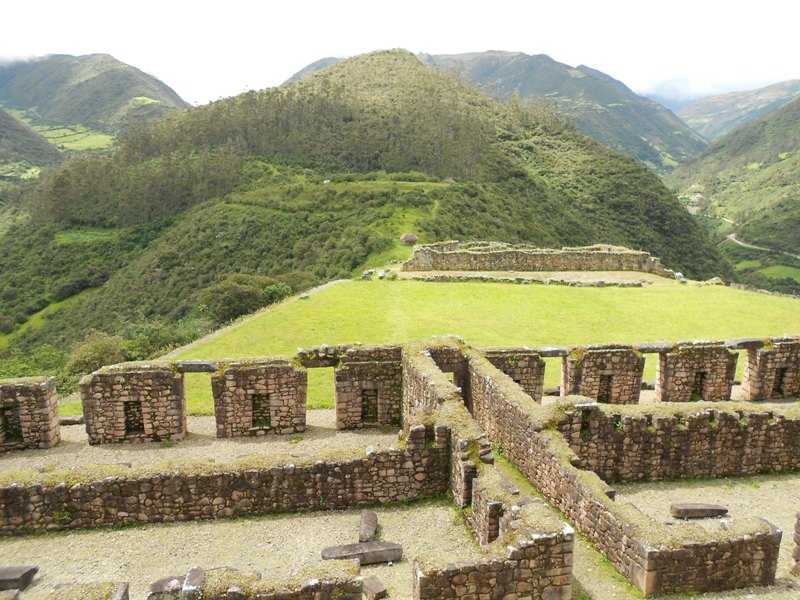Perched high in the Peruvian Andes, Vitcos is a historical site that once served as a refuge for the last Inca rulers. This fascinating archaeological site, located in the Vilcabamba region of Peru, is a testament to the resilience and architectural prowess of the Inca civilization.
Get your dose of History via Email
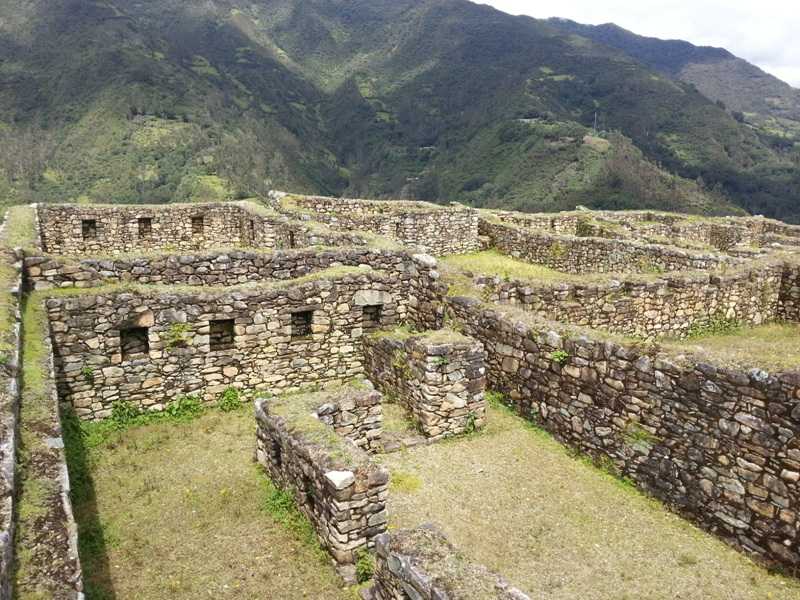
Historical Background
Vitcos was one of the last strongholds of the Inca Empire, established in the late 15th century. It was here that the last Inca ruler, Tupac Amaru, made his final stand against the Spanish conquistadors. The site was rediscovered in 1911 by the American explorer Hiram Bingham, who is also credited with rediscovering the nearby site of Machu Picchu. Vitcos is estimated to be over 500 years old, a testament to the enduring legacy of the Inca civilization.
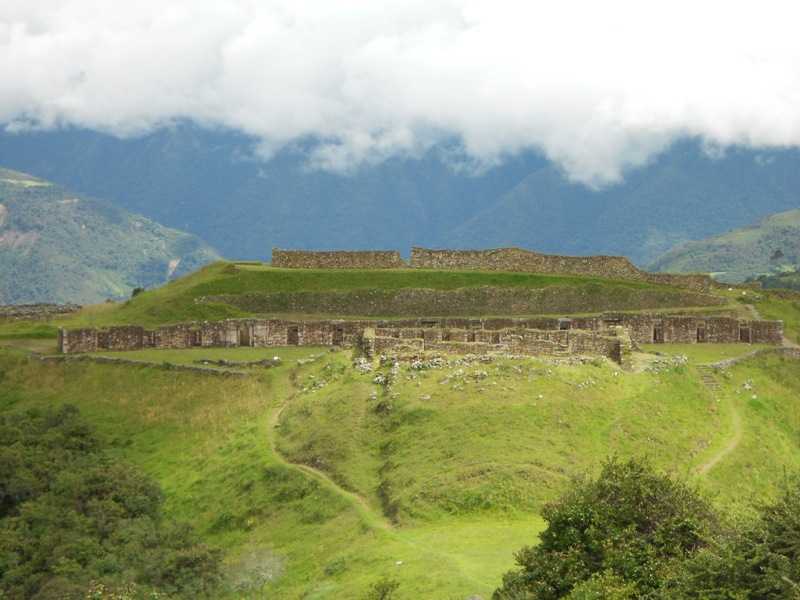
Architectural Highlights
The site of Vitcos is renowned for its intricate stonework, a hallmark of Inca architecture. The main complex consists of several buildings, including a central plaza, residential quarters, and a ceremonial area. The most notable feature is the Yurak Rumi, or White Rock, a large carved stone believed to have been used for religious ceremonies. The buildings are constructed from finely cut and fitted stones, a technique known as ashlar masonry. The stones were likely sourced from nearby quarries and transported to the site, a testament to the logistical capabilities of the Inca.
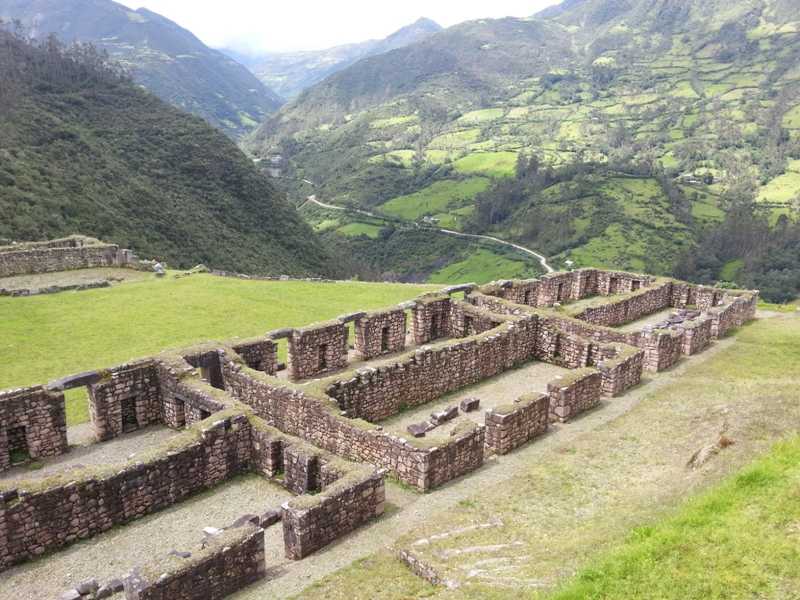
Theories and Interpretations
While the exact purpose of Vitcos is still a subject of debate among historians, it is generally believed to have served as a royal estate and ceremonial center. The presence of the Yurak Rumi suggests that the site had a significant religious function. Some scholars believe that the rock was used for sacrifices or other rituals, given its prominent location and elaborate carvings. The site’s remote location and defensive features also suggest that it was intended as a refuge during times of conflict. Radiocarbon dating methods have been used to estimate the age of the site, with results consistent with the historical records of the Inca period.
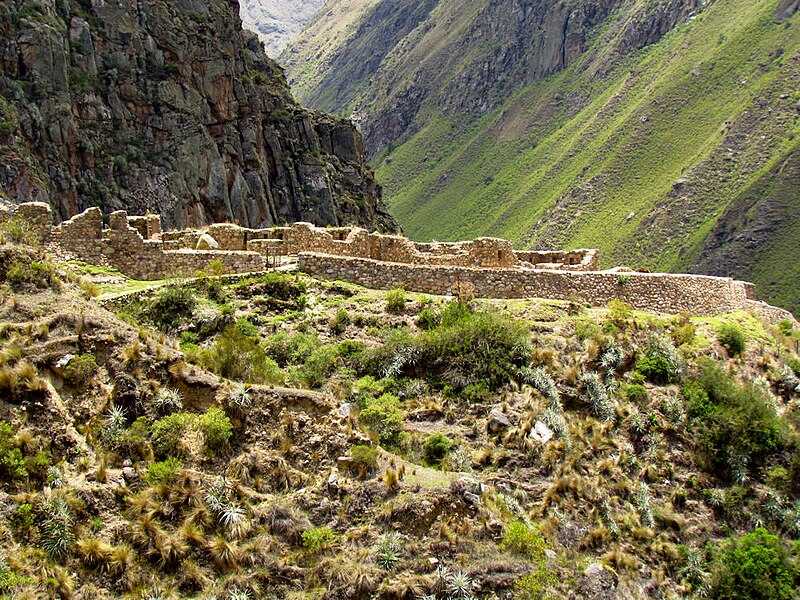
Good to know/Additional Information
Despite its historical significance, Vitcos remains relatively unknown and less visited compared to other Inca sites. This makes it a perfect destination for those seeking to explore the lesser-known aspects of Inca history. The site is accessible via a challenging trek through the Andean highlands, offering stunning views of the surrounding landscape. The journey to Vitcos is as much a part of the experience as the site itself, a journey back in time to the final days of the Inca Empire.

